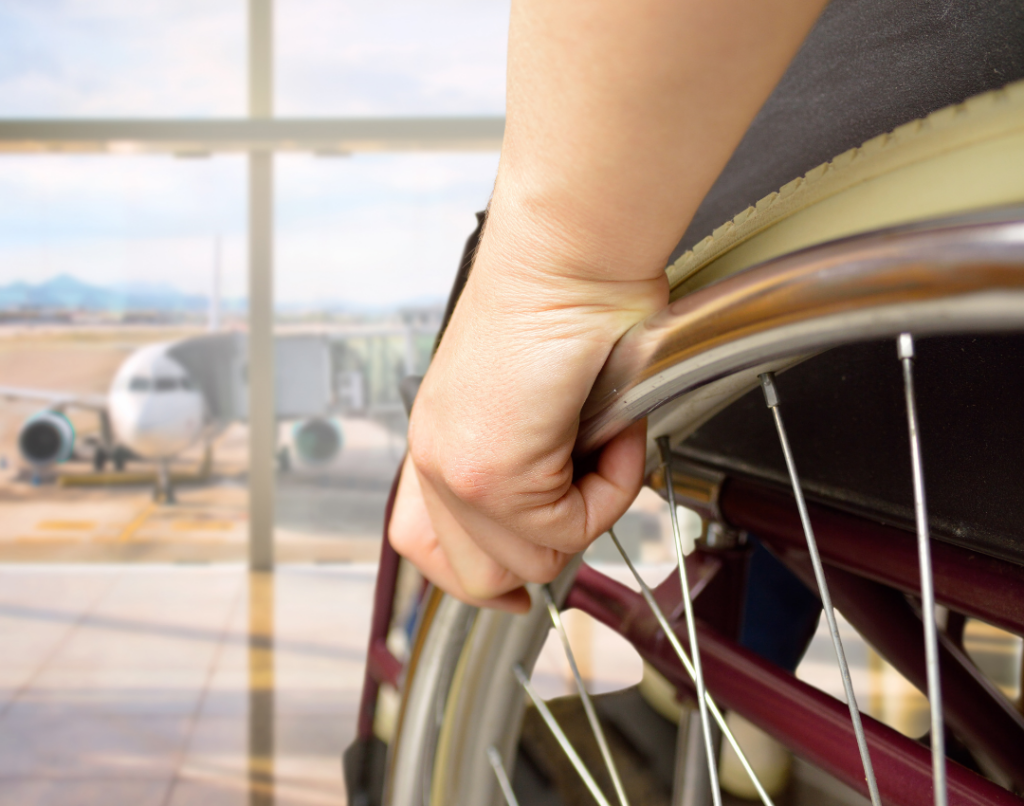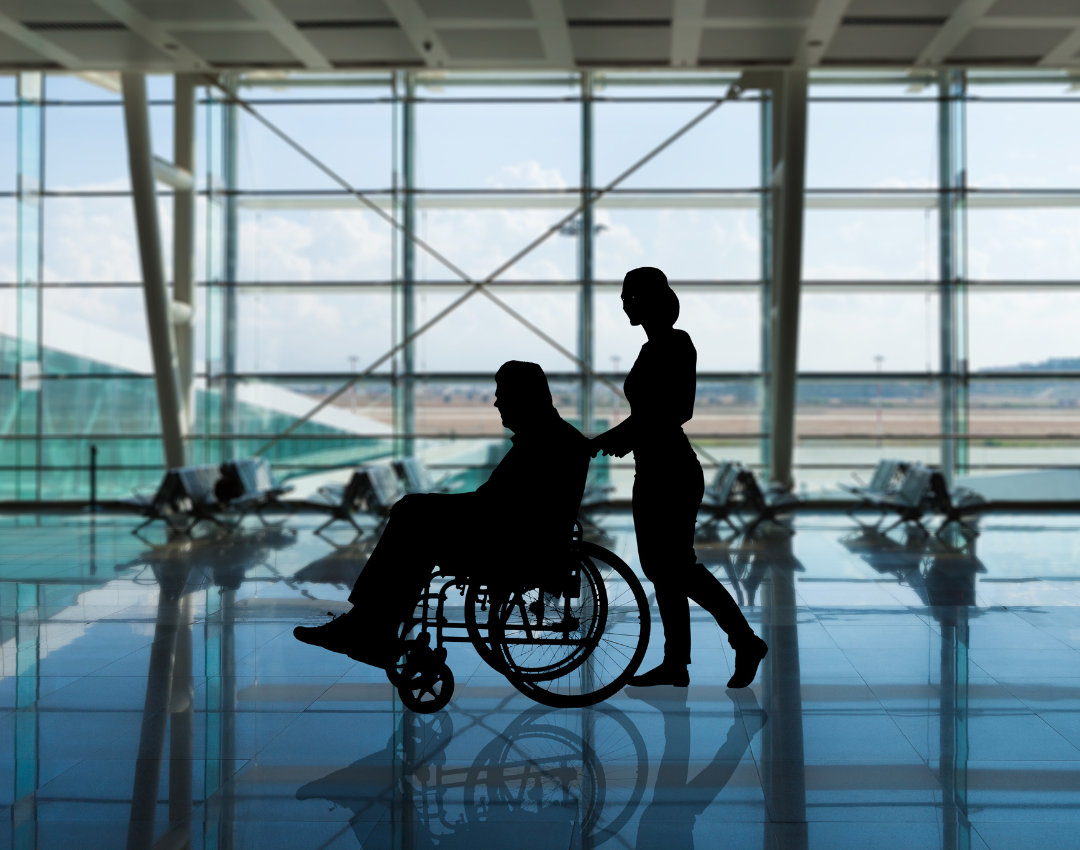How do you make business travel more accessible for employees with visible or hidden disabilities? A key part of our Thought Leadership report on DEI – Supporting business travelers with visible and hidden disabilities – aims to understand how business travelers with disabilities themselves would like to see more support.
We speak to Sonja, who is both a traveler and a booker for a global investment management firm working with Reed & Mackay. She speaks candidly about the challenges she faces as a traveler with reduced mobility – from air travel to accommodation. And she shares where she believes the business travel community and industry could help make business trips easier.

“I try to be well prepared, always booking travel far in advance. Traveling with a disability can be stressful because accessibility is not standardized across travel suppliers. And there are particular challenges; getting from the car to a check-in desk can be some distance. For example, the car is the point where I need assistance from. Especially as you can’t be dropped off right in front of the terminals anymore at some airports.
“And, while it’s generally easy to book assistance with airlines, the responsibility of the airline stops with boarding and landing and ground assistance steps in. The two aren’t always connected.
“With hotels, simply stating you need an accessible room is not enough. And those rooms vary in standards from property to property, as well as across different countries. Furthermore, there aren’t that many accessible hotel rooms available.”
Booking ahead for accessible travel
“Booking way ahead is essential – which isn’t always easy with business travel. And then it’s a constant follow up to make sure everything is in place. Even after all that, I’ve occasionally arrived at a hotel – once after a 14-hour trip – to be told an accessible room wasn’t available.
“My most recent trip to New York proves a lot of effort is still needed. Airport assistance didn’t show up at the confirmed booking time. You cannot call them so you need to email and hope it gets answered promptly. Airport assistance eventually arrived but the person responsible said I was not even on the original schedule.

“For arrival, a sedan car had been booked and confirmed several times – emphasizing that I need a sedan because I cannot get into a higher car. You can already guess what type of car appeared. And, at the hotel, although I had booked an accessible room, the bed was so high I could hardly get on it.
“Even if all these elements are in place, what the entire travel industry needs to understand is that meeting the needs of travelers with disabilities is not a one-size-fits-all. My requirements as a traveler with mobility issues are different to others with mobility issues.”
Where can the travel industry help improve accessibility?
“Detailed information and communication are key throughout all parts of the journey. And that starts with information on suppliers’ websites, so TMCs can sort out everything from the home car service pick up to the check-in desk. Plus I would like to see even smaller things done, such as images of an accessible room on hotels’ websites.
“There’s still so much to change. I would 100% advocate for an industry taskforce between all suppliers, associations and TMCs but this taskforce would absolutely need to include people with disabilities – both visible and hidden – to explain what they need. What I would say to other travelers with disabilities is you don’t have to tell TMCs or suppliers what medical condition you have, just what you need. The traveler needs to be very precise on this if using an intermediary to help with their booking.”
READ THE FULL REPORT – SUPPORTING BUSINESS TRAVELERS WITH VISIBLE AND HIDDEN DISABILITIES.
Mail [email protected] to discuss all of your travel and events management needs.




